The R101 was an airship built by the Air Ministry in Great Britain, first flying on 14 October 1929. It was intended to fly passengers and mail to the most distant parts of the British Empire. At the time, it was the largest ever object to take flight, being 236.8 metres long (777 feet), 42.67 metres high (140 feet) with a 40 metre diameter (131 feet 4 inches).
Powered by five Scottish manufactured Beardmore Tornado diesel engines, it was designed to fly 6,437km (4,000 miles) at a cruising speed of 101km/h (63mph or 55 knots). Passenger capacity was 50 people, and they were provided with amenities such as a dining room, sleeping berths, a smoking room and promenade decks to keep them occupied during flight.
R101 Video
Following on from the last video about the forgotten Douglas DC-4E, this time we head over to Great Britain for a look at the R101. This video is produced by the utterly fantastic Oceanliner Designs channel on YouTube and runs for 22 minutes.
It begins with a history of the airship to provide context on why they were popular technology at the time. After that there is information on some of the design issues with the machine and the motivations behind the first service to India.
It all goes wrong and the accident, which killed 48 of the 54 people on board, is shown in detail. After this, airships were no longer a priority for the UK and aircraft were prioritised instead. Today, the Cardington Airship Sheds still exist and are even used to test new versions of this mode of transport.
The only small fault with the video is from 6 minutes 27 seconds. The narrator mentions the luxury of the R101 compared to the Douglas DC-3 of the time. Alas, that aircraft first flew over six years after the airship – planes were even more rudimentary in the 1920s. I’ll have to forgive that though, just this once!
Overall Thoughts
The R101 disaster should never have happened. As an experimental airship, more rigorous testing should have taken place and rushing to get it into service only exacerbated the problems. This type of haste is something that has come up time and again in aviation accident investigations.
Of course, the era of the airship continued, with Germany leading the way. The Graf Zeppelin was quite successful, while its sister ship, named Hindenburg, became famous for an entirely different reason. After that disaster, the lighter than air age effectively ended.
Did you know the story of the R101? What did you think of the video? Thank you for reading and if you have any comments or questions, please leave them below.
Enjoying the series? Check out the index to all the “Does Anyone Remember…” articles.
Flight reviews your thing? Mine are all indexed here.
Follow me on Facebook, Twitter and Instagram.
Featured image via Cardington Sheds on Twitter.

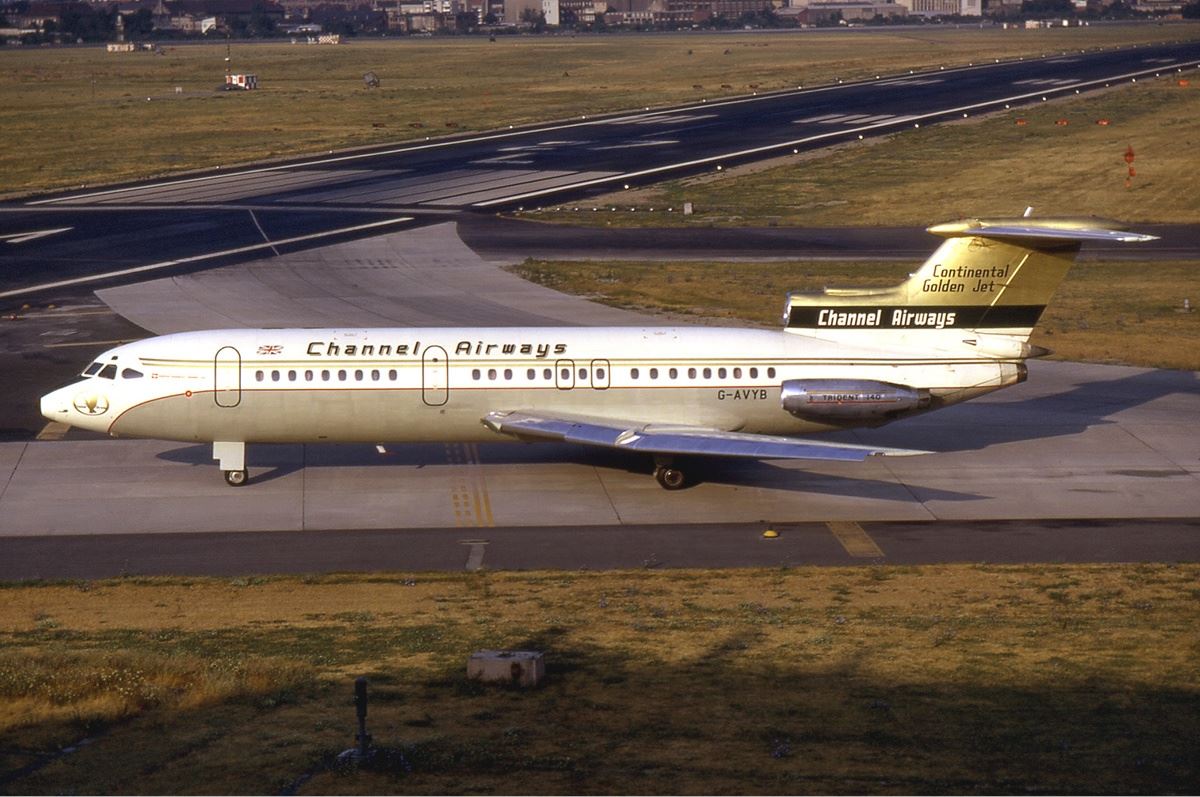


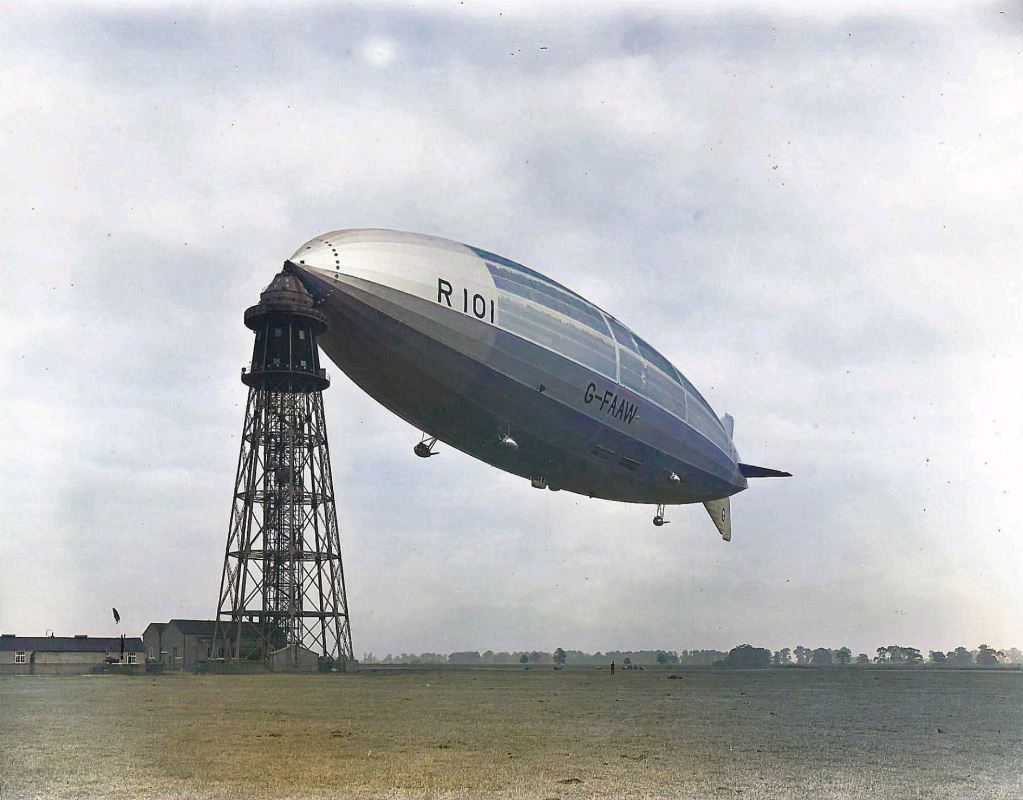

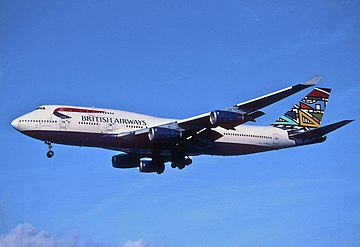

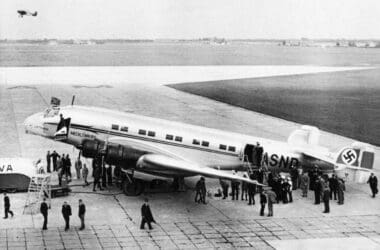

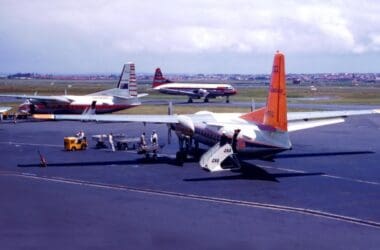


I doubt anyone personally remembers it. It is conceivable that a few remember news reports, if the person was a good reader or had parents to them the news. Such kid would be about 100 years old today.
I would think people who personally remember it would be few and far between. I’m sure many people know about it though, as it’s part of history.